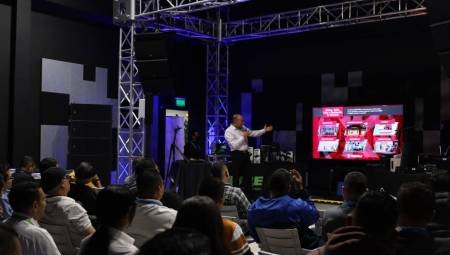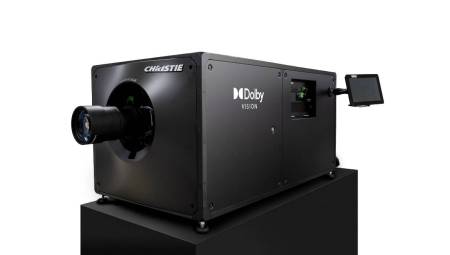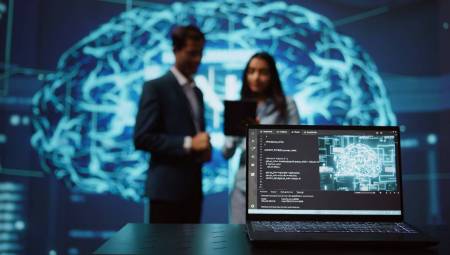Mexico. The Artificial Intelligence market was worth approximately $1.82 trillion in 2022. The market is estimated to grow at a compound annual growth rate (CAGR) of 32.40% during 2023-2028, it is projected to reach a value of around $9.08 trillion by 2028, according to a study by consulting firm Expert Reports.
Based on this information, Paessler AG, a monitoring software developer recognized for its flagship product Paessler PRTG, explains how AI is shaping IT, OT, and IoT monitoring.
In recent years, we have witnessed an accelerated transformation driven by unexpected events and the increasing demands of the industry. This technological revolution has significantly impacted various aspects of our daily lives, fundamentally altering the way we work and study.
In the case of the intersection between Artificial Intelligence (AI) and technological monitoring, a fascinating and dynamic landscape is on the horizon that promises to redefine the way we manage and secure our digital infrastructures. Advances in telecommunications, digitalization, and the vast Internet of Things (IoT) landscape, with a special emphasis on the Industrial Internet of Things (IIoT), have generated dizzying and disruptive changes.
In recent years, AI has proven to be an invaluable tool in the realm of network monitoring, providing advanced analytics and prediction capabilities that go beyond human capabilities, said David Montoya, Global Head of IoT Business Development at Paessler. AI has a wide field in IT, OT, and IoT monitoring. The other three terms that play a role here are: Machine Learning, Computer Transparency, and Observability.
Machine learning
As AI becomes a key component of IT infrastructures, it will enable organizations to proactively identify and resolve issues before they become major problems. Today, IT systems are generating more and more data, and there are clear opportunities to use AI to examine, analyze, and perhaps prioritize this vast data set. A specific application of Artificial Intelligence is the use of machine learning algorithms to analyze networks and identify patterns that indicate potential problems.
IT Transparency
"Pattern identification" correlates with IT transparency (also known as "architecture mining"). This involves using monitoring tools to understand the underlying IT infrastructure and how it interacts with other systems. With this knowledge, organizations can quickly resolve issues as well as optimize their IT infrastructure for better performance and scalability. Shadow IT is not inevitable, but rather the consequence of a lack of IT controls in businesses that can lead to security threats and a collapse in the efficiency of a company's IT environment.
Observability
With the increasing complexity of IT systems, it's critical for organizations to be able to monitor and analyze network traffic in real-time. This allows them to respond quickly to potential security threats, as well as gain a deeper understanding of the underlying systems and how they interact.
Montoya states: One of the obvious benefits of Artificial Intelligence in the field of IT, OT, and IoT monitoring is the ability to perform data processing and machine learning tasks on a large scale. This allows companies to train, deploy, and manage their AI models more efficiently. As for the world of monitoring, things will continue to evolve and organizations will need to be able to adapt and take advantage of the latest technologies and trends. For corporations of any size, the goal should always be to stay ahead of the curve and optimize IT infrastructures for better performance and security.
The future of IT monitoring is tied to developments in AI, machine learning, IT transparency, and observability. As technology continues to evolve, organizations must stay informed and adapt to the latest trends to remain competitive and protect their IT infrastructure. With the right tools, organizations successfully navigate the ever-changing landscape of IT, OT and IoT monitoring, Montoya concluded.
















